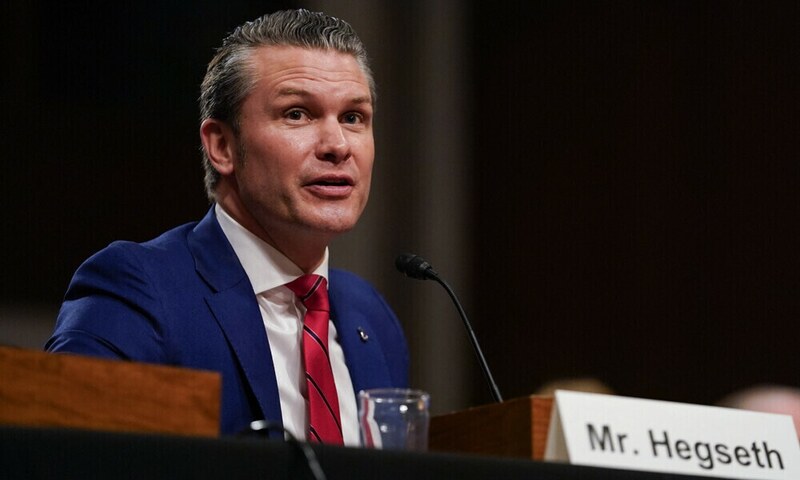Copyright Digital Trends

What Happened: That smartwatch on your wrist might be getting a serious health upgrade. Researchers at Yale just figured out a way to use AI to scan your watch’s ECG (heart rhythm) data and spot signs of “structural heart disease.” We’re talking about the big problems, like a weakened heart muscle, a wonky valve, or thickened walls. And here’s the kicker: it’s surprisingly accurate. This is all being presented in a couple of days at the big American Heart Association meeting. The gist is that they’ve trained an AI to be so good, it can take the simple, single-lead reading from your watch and find problems it would normally take a massive, 12-lead hospital machine to detect. They tested it on 600 volunteers using just a 30-second ECG from a watch. The AI was 88% accurate overall. It correctly spotted people with heart disease 86% of the time and, maybe even more importantly, correctly gave a clean bill of health 99% of the time. Why Is This Important: So, why is this such a big deal? Right now, the only way to find these kinds of heart problems is to get an echocardiogram. That’s a full-on ultrasound, and it’s expensive, requires a specialist, and isn’t something you can just do at home. This AI basically bridges that gap. It could make early screening for these silent heart issues available to millions of people who already own a smartwatch. As one of the lead doctors on the report said, this could take early detection and make it cheap and scalable, flagging problems long before you’d ever feel a symptom. Recommended Videos Why Should I Care: Heart disease is still the number one killer worldwide, and a lot of these structural problems build up silently for years until something really bad happens, like heart failure. This AI tech means your watch could one day give you an “early warning” to go see a doctor, way before you’d ever know something was wrong. For people who live in areas without easy access to heart specialists, this could be a total game-changer. It’s about your watch becoming less of a fitness toy and more of a genuine, lifesaving tool. What’s Next: Okay, so this is still early. The results have to be fully published and reviewed by other scientists. The Yale team is now planning to test this on even more people out in the real world to make sure it holds up. But this is a huge peek into the future. We’re on the verge of a time where your watch can give you hospital-grade insights, all from your wrist. It’s a massive step forward. Moinak Pal is has been working in the technology sector covering both consumer centric tech and automotive technology for the…



